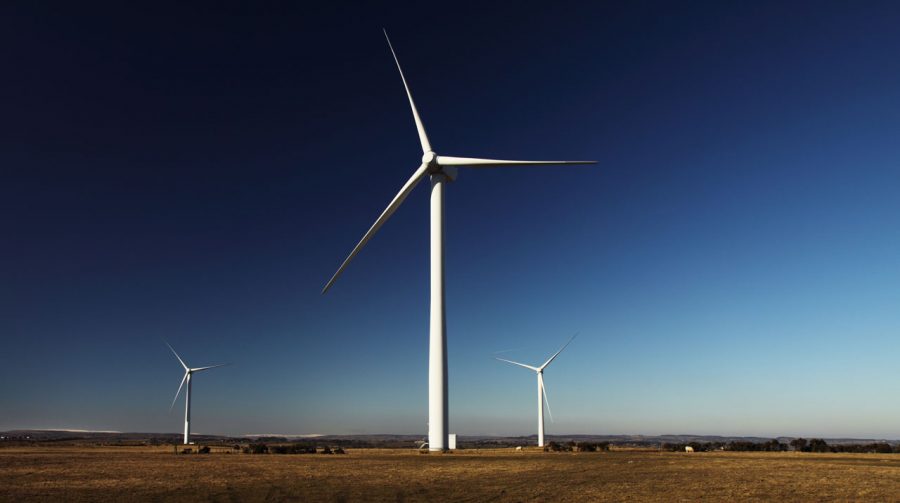What Stands in the Way of Green Energy? Government.
California is a leader in green energy, right? At least, that’s what busybody politicians and bureaucrats want you to believe. Despite 12 laws and executive orders since 2002 directing more renewable energy targets, green energy is doing very poorly.
How so? Not because it’s not being created, but because it’s not being demanded. Green energy is being forced on Western consumers by government, and that’s not a good thing. Consider that from 2008 to 2017, the inflation-adjusted price of electricity in California increased by 13 percent. That, in itself, is not a problem. It is, however, a problem when the inflation-adjusted prices for fuel decrease by 70 percent over the same time period.
And it’s even more a problem when Texas can create 29 percent more non-hydroelectric renewable energy than California (because California doesn’t count hydroelectric as renewable energy) but Texas can do it at a fraction of the cost. Electric rates in Texas are 89 percent lower than those in California.
Now, by comparison, Texas saw energy prices drop by 32 percent between 2008 and 2017, thanks to the fact that energy companies are encouraged to pass the savings generated from the drop in fuel prices on to consumers. Oh, and did I mention that consumers in Texas are allowed to choose their utility provider? Unless they get their power from municipal or co-op sources, most Texas customers can choose which electricity provider they purchase from.
With the element of competition and low regulatory burdens, Texas has made renewable energy affordable, therefore producing and selling more than California. Not only that, but Texas’ renewable energy production is expected to grow, even with low natural gas prices. Thanks to the government stepping back.
In California, on the flip side, lawmakers desire to power the state solely by renewable energy by 2045. But they plan to by building more renewable energy infrastructure, thereby producing more highly subsidized electricity during the daytime which would be sold below market value to other Western states in exchange for selling baseload electricity back to California during the nighttime, generated by fossil fuel plants. This, of course, would require backup plants that would only run part of the day or part of the year.
Therefore, California’s government is its biggest obstacle to achieving its objectives. Meanwhile in Texas, renewable energy will grow, thanks to consumer demand. No massave government spending or bureaucracy required. They’ll have renewable energy, and consumer demand driven by private sector competition. It’s true, you can have your cake and eat it too. Well, at least in Texas.
Meanwhile, in California, the government has made it illegal to switch electricity providers away from public sector utility providers until the state can pay back investors who saved the failing California power system, removing the element of customer choice. Coupled with mandatory renewable energy targets, California just can’t be competitive with Texas. Not when Texas can produce twice as much energy at a fraction of the cost.



